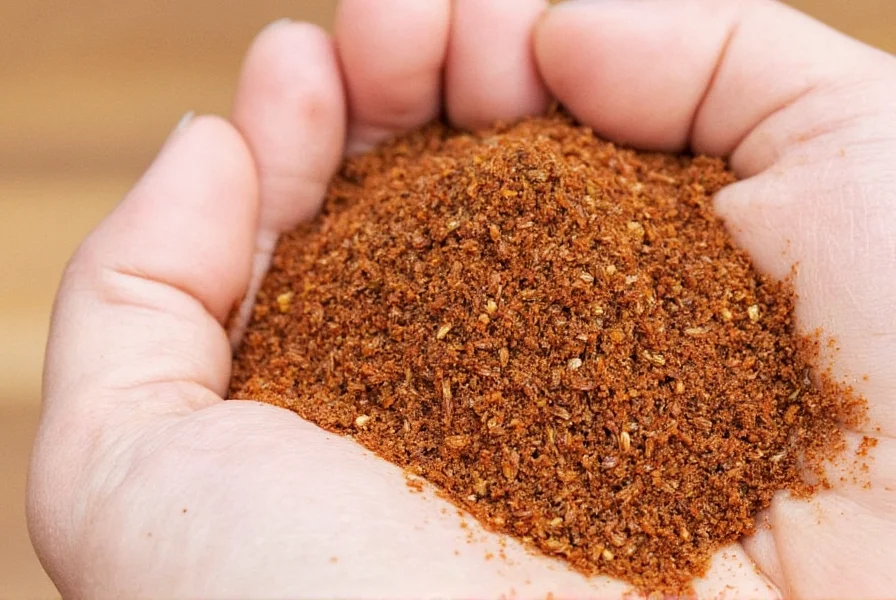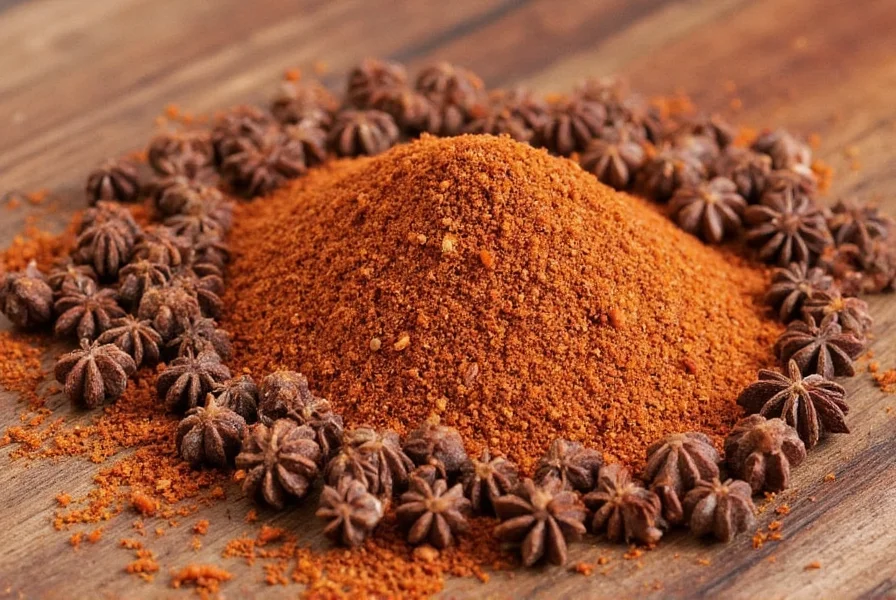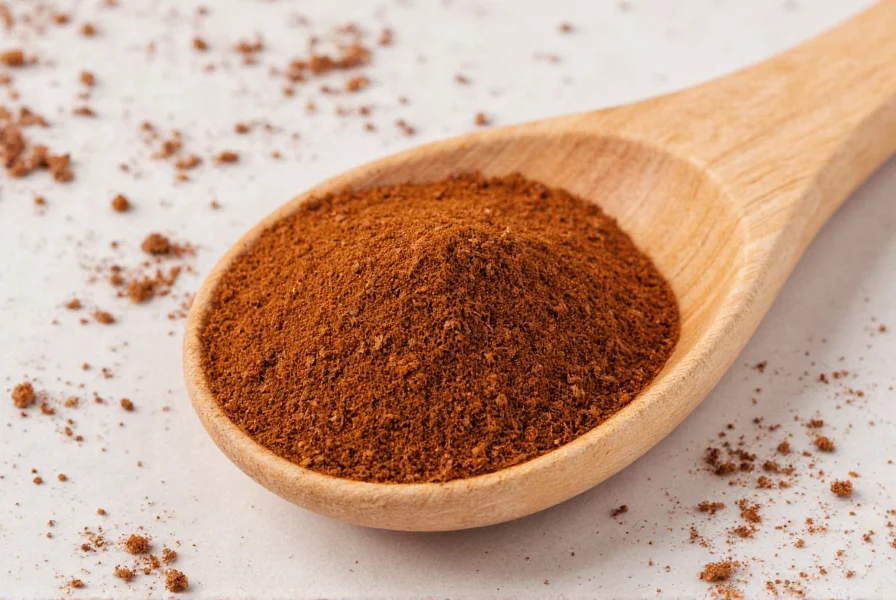Allspice seasoning often causes confusion due to its misleading name. Many home cooks mistakenly believe it's a pre-mixed blend of various spices. In reality, this aromatic spice comes exclusively from the dried unripe berries of the Pimenta dioica plant, primarily cultivated in Jamaica, Honduras, and Mexico. Its complex flavor profile explains why it tastes like a combination of warm spices, yet it remains a singular ingredient.
What Exactly Is Allspice?
The Pimenta dioica tree produces small berries that start green, turn red, and finally darken as they mature. Harvesters pick these berries just before full ripening, then sun-dry them until they become hard, dark brown spheres about 5mm in diameter. During this drying process, the berries develop their signature aroma that combines notes of cinnamon, nutmeg, and cloves—hence the name "allspice."
Historically, Spanish explorers in the Caribbean dubbed it "pimienta" (pepper) due to its sharp bite. The English later named it "allspice" in the 1600s when they noticed its flavor resembled a mixture of several spices. Botanically classified as a berry, allspice remains a staple in Jamaican cuisine, particularly in jerk seasoning and pickling preparations.

Flavor Profile and Culinary Characteristics
Allspice delivers a complex flavor experience that evolves as you taste it. Initially, you'll detect warm sweetness similar to cinnamon, followed by subtle nuttiness reminiscent of nutmeg, and finishing with a gentle heat like cloves. This progression makes it incredibly versatile in both sweet and savory applications.
When using whole allspice berries, they function similarly to bay leaves—they're added during cooking and removed before serving. Ground allspice integrates more thoroughly into dishes but loses potency faster. For optimal flavor, toast whole berries lightly before grinding them fresh. This simple technique enhances the essential oils responsible for allspice's distinctive aroma.
Global Culinary Applications
Allspice seasoning appears in diverse culinary traditions worldwide. In Caribbean cooking, it's essential for jerk marinades, curries, and pickled vegetables. Middle Eastern cuisine uses it in meat rubs, rice pilafs, and stuffed vegetables. European bakers incorporate it into fruitcakes, gingerbread, and spiced wines. Even American Southern cooking features allspice in barbecue rubs and ham glazes.
When exploring how to use allspice in cooking, consider these specific applications:
| Cuisine Type | Signature Dishes | Recommended Form |
|---|---|---|
| Caribbean | Jerk chicken, pickled onions, rice and peas | Whole berries for slow cooking |
| Middle Eastern | \nDolma, kibbeh, lamb stews | Ground for spice blends |
| European | Fruitcake, mulled wine, sauerkraut | Ground for baking |
| American | Barbecue rubs, pumpkin pie, ham glaze | Ground for quick applications |
Allspice vs Pumpkin Pie Spice: Understanding the Difference
Many confuse allspice with pumpkin pie spice, but they're fundamentally different. Allspice vs pumpkin pie spice comparisons reveal that pumpkin pie spice is actually a blend typically containing cinnamon, ginger, nutmeg, and sometimes allspice. True allspice remains a single-ingredient spice. This distinction matters when following recipes precisely, as substituting one for the other alters the flavor balance significantly.
Similarly, allspice differs from mixed spice (common in British baking) and speculaas spice (used in Dutch cookies). While these blends may contain allspice as one component, they each create unique flavor profiles through their specific combinations.
Effective Allspice Substitutes
When you need an allspice substitute for recipes, combine equal parts cinnamon, nutmeg, and cloves. For every 1 teaspoon of allspice required, use ½ teaspoon cinnamon, ¼ teaspoon nutmeg, and ¼ teaspoon cloves. This mixture approximates allspice's complex flavor but won't replicate it exactly.
Other acceptable substitutions include:
- Apple pie spice (contains similar components but usually includes cardamom)
- Five-spice powder (Asian blend with star anise, though flavor profile differs)
- Cinnamon with a pinch of cloves (simplest alternative)
Remember that these substitutes work best in savory dishes. For baking applications, especially traditional Jamaican recipes, nothing replicates authentic allspice perfectly.
Proper Storage for Maximum Freshness
To maintain optimal flavor, store whole allspice berries in an airtight container away from light and heat. Properly stored, they retain potency for 3-4 years. Ground allspice loses its volatile oils more quickly, staying fresh for only 6-12 months. For the best results when exploring what is allspice seasoning made of and how to maximize its potential, grind berries just before use.
Freezing isn't recommended as moisture can degrade quality. Instead, keep your spice collection in a cool, dark cupboard, preferably in opaque containers. Check freshness by crushing a berry between your fingers—if the aroma is weak, it's time to replace your supply.
Common Misconceptions About Allspice
Several myths surround this versatile spice. First, does allspice really taste like multiple spices? Yes—the chemical compound eugenol creates notes reminiscent of cloves, while caryophyllene provides warmth similar to nutmeg. These natural compounds combine to create its complex profile.
Another misconception: allspice contains actual pepper. While related to the myrtle family (not the pepper family), its Spanish name "pimienta" caused this confusion. Finally, many believe Jamaican allspice is superior—but quality depends more on harvesting and drying methods than geographic origin.

Practical Tips for Cooking with Allspice
When incorporating allspice into your cooking, remember these professional techniques:
- Add ground allspice early in the cooking process for savory dishes to allow flavors to meld
- Use whole berries in pickling brines or braising liquids, removing them before serving
- Balance its warmth with acidic ingredients like tomatoes or citrus
- Start with small amounts—you can always add more, but you can't remove it
- Pair with complementary spices like ginger and black pepper for enhanced complexity
For baking applications, particularly when exploring best dishes to use allspice in, combine it with fruits like apples, pears, or stone fruits. It enhances chocolate desserts surprisingly well and adds depth to spice cakes without overwhelming other flavors.











 浙公网安备
33010002000092号
浙公网安备
33010002000092号 浙B2-20120091-4
浙B2-20120091-4